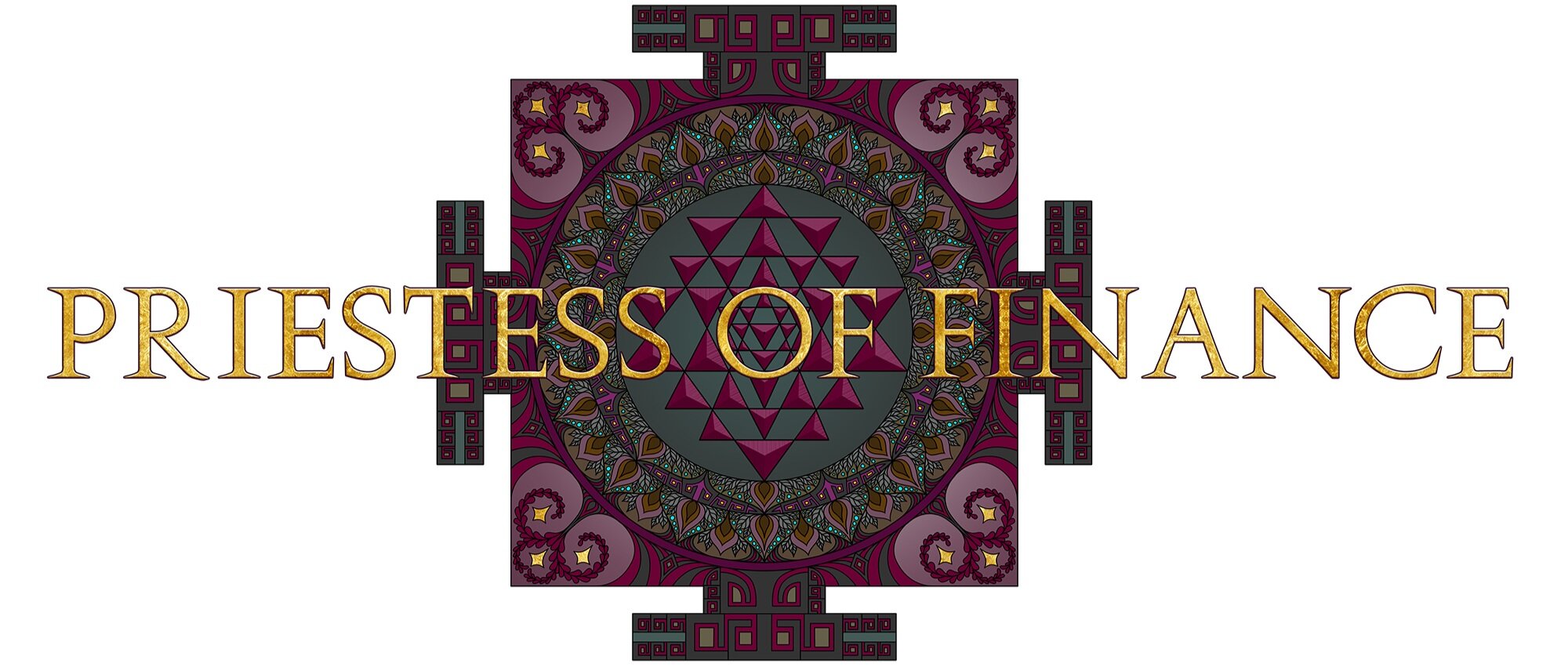Master Debt (Without Letting It Master You)
Debt is a powerful tool when used strategically. It can be very supportive to have access to the resources of others — and if you can tune into what’s appropriate, debt can empower you get to the next step in your life.
Debt can make it possible to purchase bigger dollar items like a car or a home, to pay for education or start a business. But it’s quite common for people with the best of intentions to get in over their head with debt. Many end up overusing it as a crutch because it’s so widely available and accessible in our culture.
How can you learn to harness the power of debt without compromising your financial well-being? How can you master debt without letting it master you?
The key to using debt skillfully is to remember this:
The cycles of money go up and down. There will be flush times and lean times, just as the seasons are sometimes abundant and sometimes barren.
The way you relate to the cycles of money will directly affect your ability to be a debt master. When financial contractions or down-cycles occur, it’s important to adjust your lifestyle rather than overuse debt.
If your income decreases, or your expenses increase, your spending should change accordingly. It’s just as important to plan for down cycles and unexpected expenses.
And remember, financial contraction won’t last forever. An expansion is likely around the corner.
If you have become overleveraged or feel out of control with your use of debt, don’t despair. You can pay off your debts and create a more successful financial future for yourself.
Here are 5 ways to get out of debt and be a debt master:
1. Understand Your Patterns with Debt
How do you use debt? When and why do you use it? Do you use debt when unexpected expenses come up, for vacations, or to maintain a certain lifestyle despite a decrease in income?
Observe your patterns without judgment. Understanding your patterns is the first step to creating newer, more successful practices with debt.
2. Create a Savings Plan
Unexpected expenses and financial down cycles are a natural part of money cycles, but scarcity doesn’t have to be the experience when it happens. When you have a cushion of savings, you won’t need to turn to debt to pay your bills or keep your priorities funded when financial contraction happens.
Make sure to have a savings account for periodic expenses such as car repairs, medical bills, or larger insurance payments that don’t occur on a monthly basis, but are sure to come up during the year. Also, have separate savings accounts for travel, and for goals and dreams.
3. Prioritize
If you have multiple debts, decide which one is most beneficial to pay off first.
Pay attention to:
The interest rate & minimum payment. It can be helpful to pay off any higher interest debt first so you pay less in the long run, but also minimum payments as a percentage of total debt can be a deciding factor, the ones with a lower percentage of total debt should also be prioritized.
The psychological impact. Do you feel resentful or disempowered every time you make a payment to the IRS, for example? If so, pay that debt off first, even if you have other debts with a higher interest rate. The psychological benefit of staying positive and progressing is highly valuable in this case.
4. Determine How Much You Can Pay for Your Highest Priority
Once you have chosen your highest priority debt, decide how much beyond the minimum payment you can pay each month. Try to pay an additional $50, $100 or even $500 each month. If you do this, you will feel like a badass warrior, in control and aligned with your priority to pay off your debts. Also, you will be out of debt sooner and pay less interest.
Put your payment on auto-pay until it is paid off, so you don’t leave it up to the unconscious mind to decide whether or not the payment happens.
5. Pay Just Over the Minimum Payment for Any Other Debt
Even if you only pay an extra $5 each month above your minimum payment, you will feel successful and know you are doing what it takes to get yourself out of debt and planning for a prosperous future.
Here is a powerful infographic to download, print out, and keep near you — whether in your office or you financial vision board, to stay inspired and on track.
In the adventure with you,
Joetta


